How to distinguish hot pepper seedlings from sweet ones?
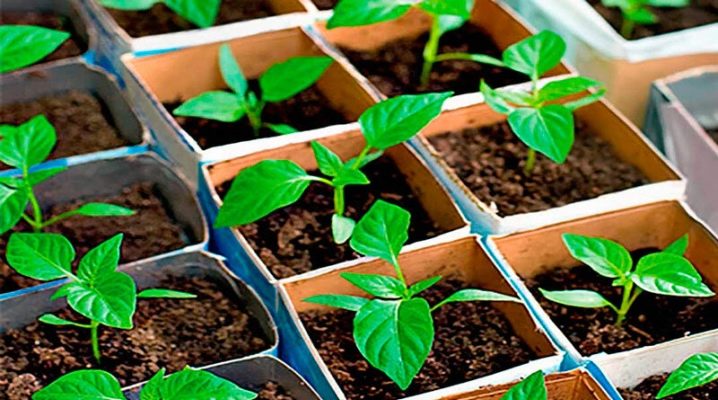
When choosing seedlings for growing at home, gardeners may accidentally confuse different types of pepper. To prevent this from happening, you need to understand how some plants differ from others.
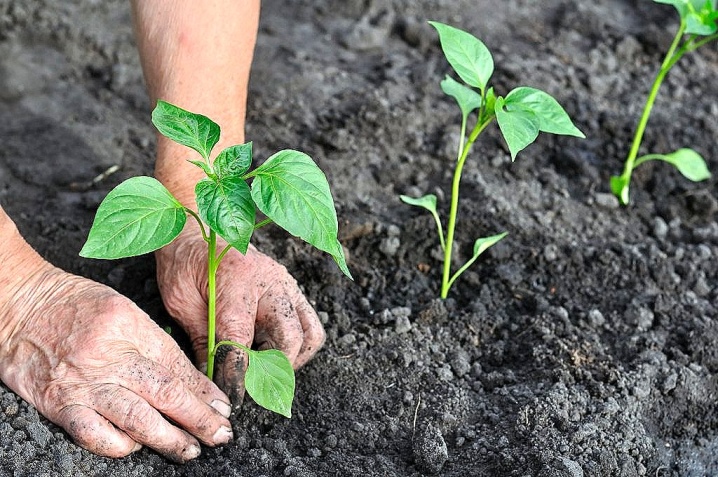
Visual differences
If the seedlings have not been previously marked before planting, it will be quite difficult to distinguish one young plant from another. You need to focus on the following points.
- Leg thickness. Hot pepper has a thinner and more elongated leg. Over time, it begins to bend under the weight of the fruit and changes its shape slightly. Sweet pepper has a sturdy and short stem. But if the seedlings are strong and healthy, the stems of the plants are really similar to each other.
- Plant color. Seedlings of bitter pepper are darker in color. Therefore, it is easy to notice it against the background of lighter seedlings of Bulgarian varieties.
- Foliage. You can also focus on the shape of the leaves. In hot pepper, they are long and elongated. Their surface is embossed and hard. The foliage of sweet pepper is pleasant to the touch and quite wide. Its edges are slightly rounded.
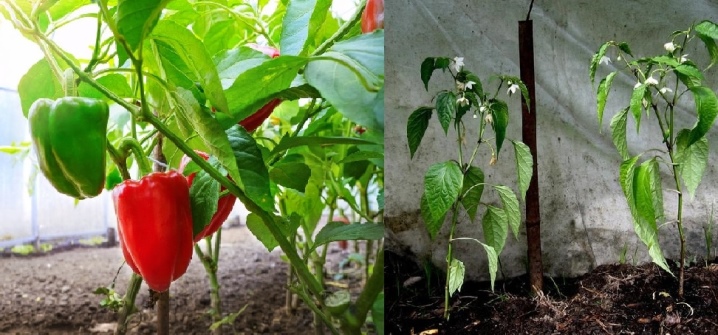
It will be possible to determine the variety by external signs only if the seeds were planted in the soil at about the same time. Otherwise, some plants will appear stronger and taller simply because of their age.
Keep sweet and hot peppers away from each other. The beds should be approximately 20 meters apart. This is necessary so that the plants are not over-pollinated. If this happens, the bell pepper will acquire a slight bitterness. Many gardeners do not like this.
It is worth remembering that seeds harvested at the end of the season will also inherit this bitterness. Therefore, it is especially important for gardeners who use such planting material to propagate peppers to ensure that the varietal characteristics of the variety do not change.
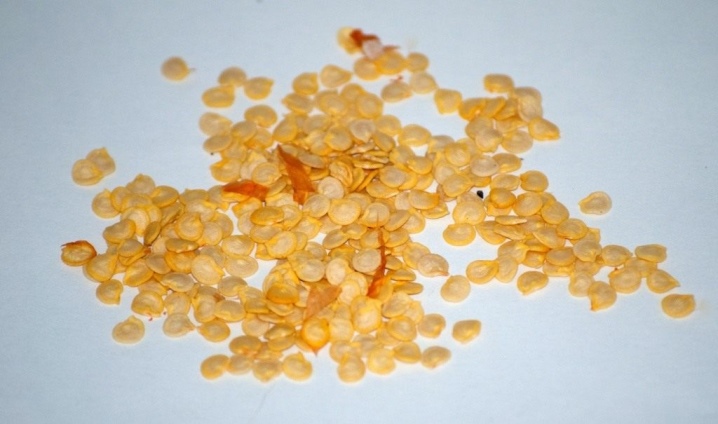
The difference in taste
Hot pepper differs from Bulgarian and in taste. In the first, the fruits are bitter and pungent, in the second, they are sweet and rather juicy. The same can be said for seedlings. To understand which plant is in the pot, you can try to lightly bite the foliage and chew it well. In hot peppers, it has a characteristic bitter taste. As a rule, gardeners pick the lower leaves for a sample. This is done in order not to harm the fragile plant.
If the shell of the seed remains on young seedlings, you can also taste it. In hot peppers, it will be unpleasant and pungent. The grains of salad pepper taste neutral, without bitterness.
You can also taste the seeds selected for planting. It is worth doing this after calibration. Initially, the raw materials are laid out on paper. In the process, too large and too small seeds are separated. The remaining inoculum is immersed in saline solution and left for 10 minutes. Those seeds that have gone to the bottom must be carefully washed and dried. After that, you can taste the planting material.

Other differences
If the previous methods did not help you decide on the choice of pepper, you should pay attention to other important points.
Blooming time
Examining the grown seedlings, you can determine the variety during the flowering of plants. The first buds on hot pepper appear about a month after the young seedlings are planted in open ground. Bell peppers begin to bloom later. This usually happens a few weeks after the buds on the hot pepper bushes.
During the pollination period, the gardener will also notice that insects first of all fly to the bitter pepper bushes. Only then do they pay attention to the Bulgarian varieties.
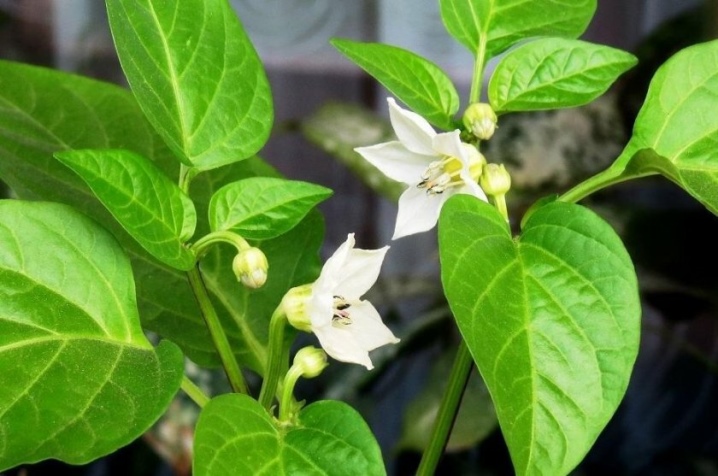
Ovary type
After the end of flowering, an ovary appears on both bitter and sweet peppers. In hot pepper, it has an oblong shape. Future fruits are very small in size. Later they grow in length. Ripe fruits of hot pepper always have an elongated shape. Most often they have a deep red color. The sizes of these fruits may vary.
The sweet pepper ovary has a spherical shape. In the future, it slowly increases, turning into a full-fledged fetus. Bell peppers are heavy and thick-walled. They can be red, green, orange, or yellow.
It should be noted that this verification method is completely unreliable. The shape of future fruits largely depends on the characteristics of the plant variety. Therefore, the shape of the ovary can only become an additional argument in favor of a plant belonging to one or another species.

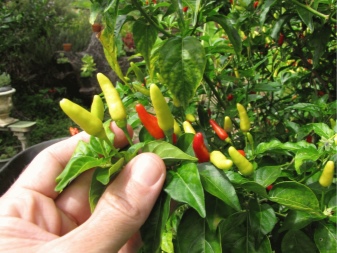
Labor intensity of care
Experienced gardeners know that bell peppers are more whimsical. Therefore, it is difficult to care for him. When planting bell pepper on your site, you should pay attention to the following factors.
- Temperature. This culture is very thermophilic. Young seeds germinate best at a temperature of + 25-26 degrees. When it drops to 13-15 degrees, the growth of seedlings stops. If it drops to zero, young plants die altogether. At the same time, seedlings do not react well to heat. In bad conditions, they begin to wither and become very weak.
- Humidity. Seedlings of bell pepper are also demanding for soil moisture. If the gardener does not water the young seedlings in a timely manner, their growth will stop. Because of this, the bushes will be very small. There will also be very little fruit on them. Seedlings of bell pepper are watered with warm and well-settled water. Young plants are irrigated mainly in the evenings. It is not worth overmoistening the soil. This can lead to the plant withering away or being affected by one of the fungal diseases.
- Soil quality. In order for the roots of the plants to receive the right amount of air, the soil should be carefully loosened after watering. After planting bell pepper on the site, the land can be additionally mulched. This helps to retain moisture in the soil as well as protect young plants from weeds.
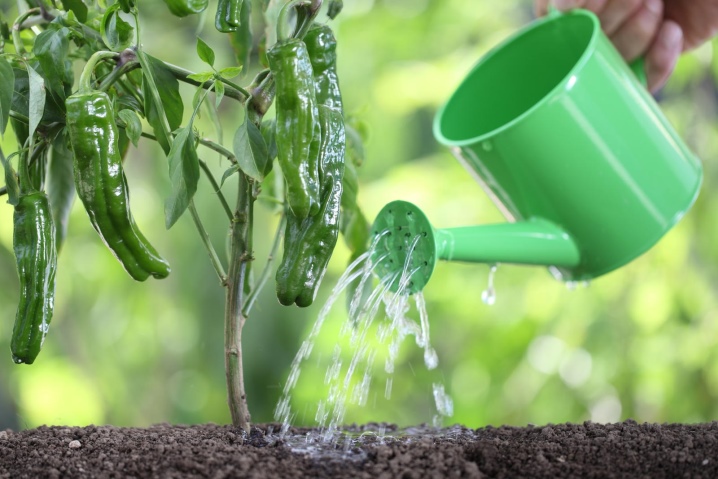
Bitter peppers bear fruit well in all conditions. Such plants are not afraid of sudden changes in temperature or high humidity. Therefore, taking care of them is much easier. But gardeners should remember that young seedlings do not like direct sunlight. Therefore, it is usually planted next to a fence, tall bushes or some kind of building. With this arrangement, the shade covers well the sun-sensitive sprouts.
Knowing these features, different varieties of peppers must be planted separately. If different plants were accidentally planted in the same area, it is recommended to remove hot pepper seedlings from there immediately after they were noticed. You need to dig it out together with the root.
If you don't want to lose your crop, you can try to prevent over-pollination of the plants.

This can be done in several ways.
- Protect the selected area from insects. To do this, you need to build a small greenhouse, covering a wooden or metal frame with gauze. This will not affect the yield of the plant, as well as the taste and quality of the fruits. It is very important to securely fix the supports so that the structure does not accidentally fall from strong gusts of wind.
- Use gauze bandages. This method is usually used if the bushes are scattered in the beds or some other crops grow next to the pepper. In this case, each plant will need to be separated from the others. The first step is to find hot pepper seedlings on the site. The area around each flower should be carefully tied with a gauze bandage.This will protect him from bees.
- Syrup processing of bushes. You can use honey water or any other sweet product to attract insects' attention to sweet peppers. It is poured into a spray bottle. Spraying will help attract beneficial insects to the desired plants. Bitter pepper should be wrapped with gauze before carrying out this procedure.
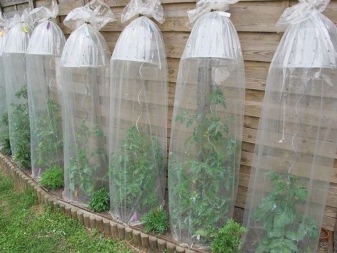

In order not to waste time on such procedures, gardeners should not use seed purchased from their hands. It is worth buying seeds only from trusted producers. It is initially necessary to plant seeds of burning and Bulgarian varieties in different boxes. It is important to mark after planting.
If it is not possible to arrange beds with different types of pepper at a small distance from each other, it is recommended to plant some tall crops between them. These can be tomatoes, eggplants, or even corn.
Even a novice gardener can learn to distinguish between seedlings of sweet and bitter peppers. Noticing such unsuitable neighbors in time, it will be very easy to save your future harvest and get fruits with ideal taste characteristics.
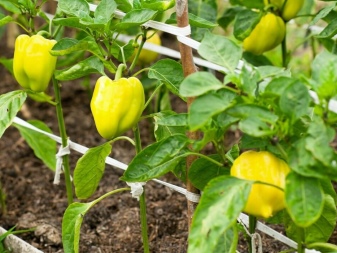
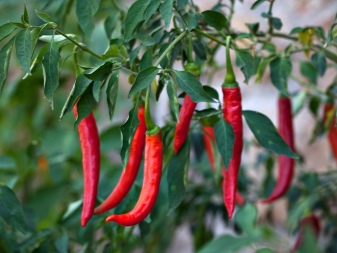









The comment was sent successfully.